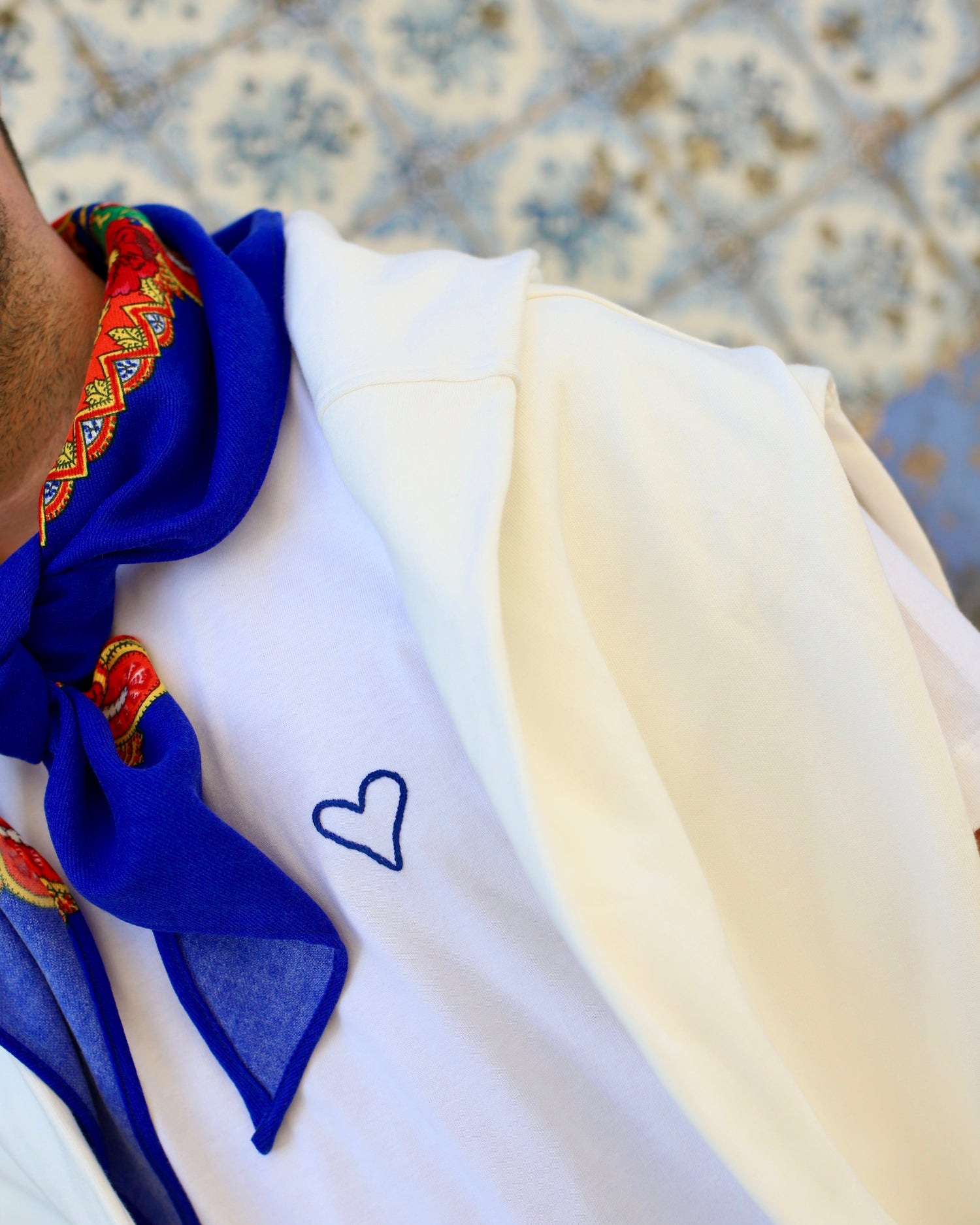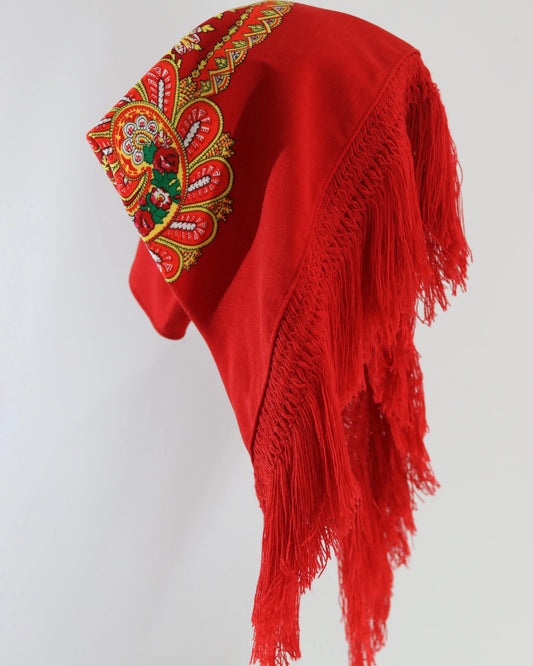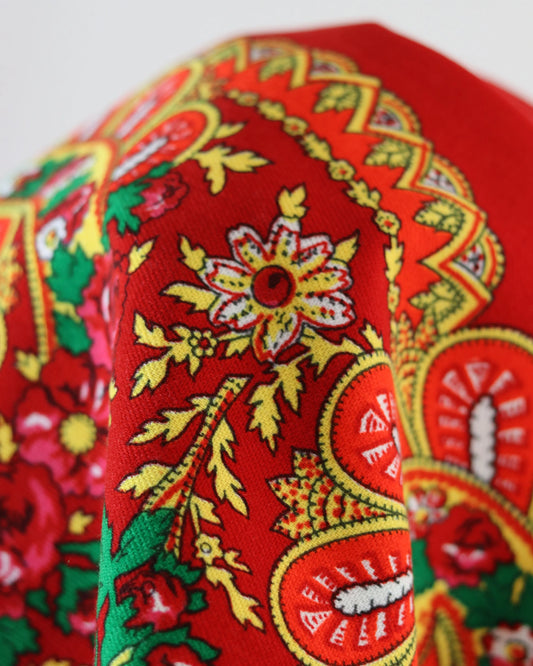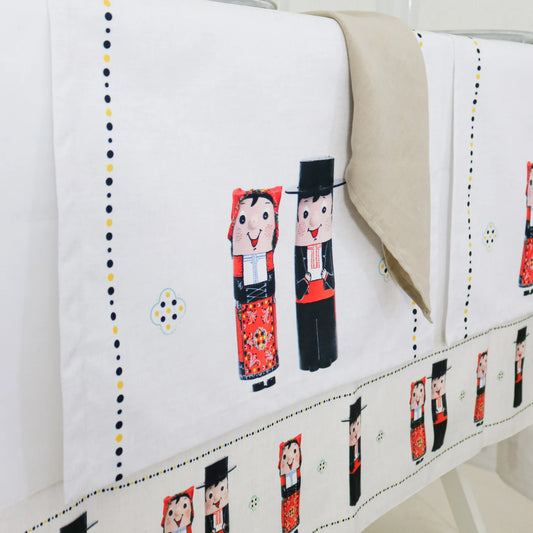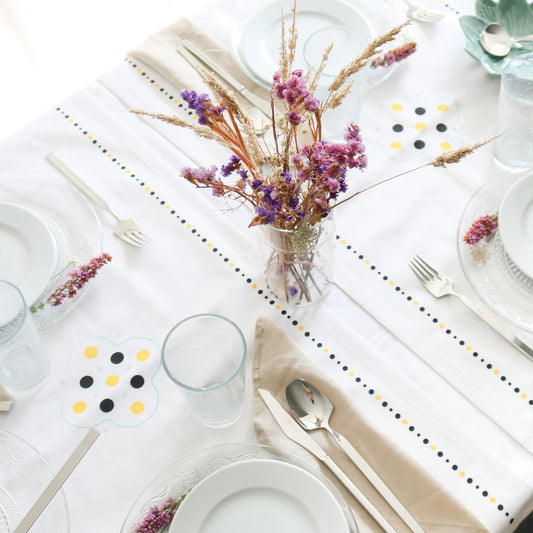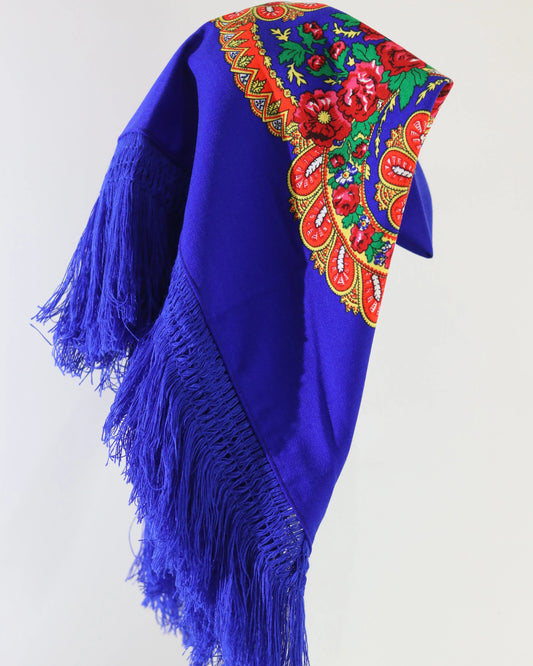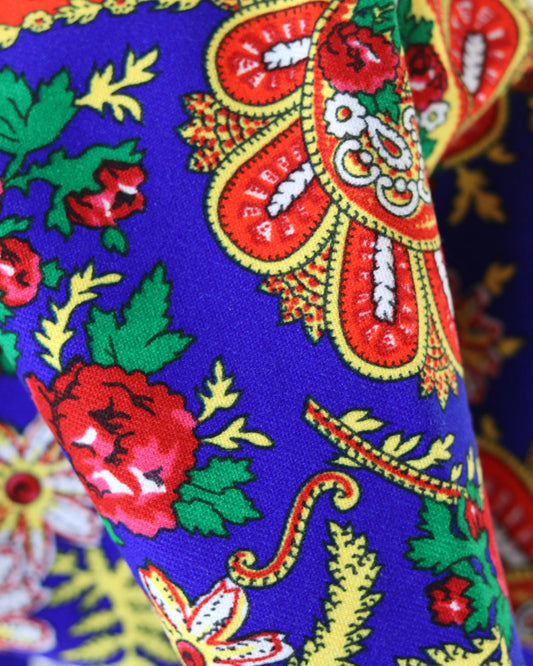What does Viana's gold symbolize?
There are jewels that tell stories before anyone even opens their mouth. Viana's gold is like that. It carries ancient devotions, social codes, promises of love, family investments, and a glow that ignites the celebration and preserves the memory. It's not just adornment. It's language.
That's why, when we ask what it symbolizes, we open a door to Minho, to the pilgrimages, to the meticulous work of filigree, and to the autonomy of generations of women. And to the pride of a region that has made gold its own accent.
Historical roots and the thread of filigree
Portuguese filigree is a very ancient technique, made of gold or silver threads twisted and welded with almost surgical precision. Inheriting influences from Mediterranean peoples, it spanned centuries and found fertile ground in Northern Portugal. In Viana do Castelo, Póvoa de Lanhoso, and Gondomar, the craftsmanship gained traction, gaining workshops and trained hands.
During the period of gold's arrival from Brazil, the coffers of many Minho households filled with a meager surplus that didn't fit in the nonexistent bank. It fit in their chests. Women transformed gold into savings and, at the same time, into public affirmation. One thread gives way to another. A heart calls for a cross. A bill calls for company.
Gold began to speak for them.
Symbols worn on the chest
Different pieces tell different stories. Some are explicit, others can only be deciphered with time, coexistence, and pilgrimage.
| Part | Visual elements | Main meanings | Context of use |
|---|---|---|---|
| Heart of Viana | Lace heart, crowned by flame or crown | Faith, love, surrender, promise, Viana's identity | Pilgrimages, costumes, everyday life |
| Collections | Crescent-shaped earrings, openwork or plain | Femininity, fertility, protection | Festive and everyday |
| Viana Accounts | Granite or filigree hollow spheres | Status, savings, shield against the evil eye | Several turns around the neck at parties |
| Crosses | Latin cross, Maltese cross, stylized crosses | Devotion, protection, promise fulfilled | Always present in necklaces and pins |
| Bows and bows | Bow shapes, with knots and loops | Union, emotional bond, marriage | Pendants on chains, pins |
| Scapulars | Two medals linked by a chain | Spiritual shelter, religious commitment | Under clothing or visible on the chest |
| Bunches of grapes | Lacy bunch, granite beads simulating berries | Abundance, harvest, joy of the table | Seasonal and festive pendants |
| Cameos and flowers | Faces, corollas, branches like a bouquet | Beauty, youth, tribute to nature | Feminine complement on formal occasions |
Names vary depending on the village, the family, the workshop. The meaning, however, maintains a solid core that spans generations.
The heart that speaks of faith and affection
The Viana heart has become almost a national emblem. Its shape is not innocent. It inherits the devotion to the Sacred Heart, very much alive since the 18th century, and resembles the ex-votos left in shrines as a sign of gratitude or request. The flame at the top recalls the intensity of a promise. The crown refers to the royalty of love or the sacred dimension that families recognize.
But the heart is also an intimate world. It's a gift for courtship, engagement, and weddings. It's an inheritance from mother to daughter, sometimes with small signs of wear that make it unique. And it's an icon of a collective identity that Viana do Castelo embraces in the Senhora da Agonia celebrations.
There are small, lightweight hearts that are worn without ceremony. There are large, double hearts with layers of filigree that look like overlapping gold lace.
Each one says something about the person who uses it. And about the person who offered it.
Collections and moons: the language of the feminine
Earrings are half-moon earrings. They have ancient roots, with echoes of Mediterranean cultures where the moon is associated with cycles, fertility, and feminine protection. Northern Portugal adopted this visual language and translated it into pieces that are sometimes flat, sometimes finely filigreed.
The term "à rainha" (queen-style) entered popular vocabulary after being associated with 19th-century courtly fashion, proudly reappropriated by the women of Minho. Large necklaces frame the face and balance the visual weight of multiple rows of beads. Small necklaces maintain elegance in everyday gestures.
The shape is always recognizable, even if the ornament changes. And it remains one of the first pairs of gold many girls receive.
The accounts that count
Anyone who visits a Minho pilgrimage will notice the power of Viana beads. They are hollow gold spheres, often with granulation or filigree, strung on long strings. One loop. Two loops. Three. The eye wanders and gets lost counting.
This necklace has a social role. Once upon a time, it was the safest way to keep savings under household control. At parties, people showed off what the house allowed. In everyday life, they wore the right amount for work, visits, and grocery shopping. Gold, though visible, obeyed an unspoken etiquette.
Its protective power against envy and evil was also believed. A string of beads could be the silent amulet of an entire family.
Faith, protection and promises
For many families, Viana's gold is intertwined with the Catholic religion. Crosses, medals, scapulars. Vows made and paid, graces requested and recounted in precious metal. A child escaped illness. A harvest safeguarded. A return from the sea.
These pieces function as spiritual diaries. They don't require words, just signs.
And there is room for silence. A cross on the chest can be an intimate conversation. It can also be belonging to a community that recognizes itself in the same forms, the same rites, the same festive liturgy.
Status, autonomy and domestic economy
Gold in Viana was never just an ornament. It was a safe, a dowry, and emergency capital. In contexts where access to financial institutions was limited, gold jewelry became an accessible, transferable, and liquid store of value.
- Value that is carried in the body
- Good that is divided among daughters and granddaughters
- Savings that can withstand fires and house moves
- Discreet form of female economic autonomy
This autonomy had a face. Women managed their gold, decided when to sell, pawn, or transform pieces, and made public the milestones of their lives through what they wore to big parties.
Status was also reflected in the weight and quality of the gold. Elaborate threads, generous beads, hearts crafted by renowned masters. None of this is innocent.
The party that makes gold shine
The pilgrimage to Our Lady of Agony is a stage par excellence. There, gold is not hidden. The Minho costume, with embroidered skirts, aprons, and vests, calls for the shine of metal as if summoning light. Stewardesses, farmhands, brides. Each with its own grammar.
Anyone who sees the procession of stewards can see how tradition is renewed. There are new pieces, made slowly, interacting with old ones. There are families who keep stories of how each chain arrived home. And there are young people who wear the complete costume for the first time and understand, in just a few steps, that gold also means responsibility.
All of this happens at a specific time of year. But it continues to resonate throughout the rest of the day.
How to read a Viana gold set
There's no single formula. Still, there are coherent elements that help us interpret what we see:
- If there is a heart, there is often a cross. Love and faith go hand in hand.
- Bulky necklaces require balanced necklaces, so that the face doesn't get lost.
- Beads in multiple loops announce a big party. In everyday life, a single loop or thinner strands appear.
- Ribbons and flowers reinforce messages of affection, unity and earthly beauty.
- Scapulars can be discreet, under clothing, or appear between necklaces, depending on the occasion.
Reading gold is about reading context. It's about noticing the wearer's age, the type of attire, the village calendar. And accepting that the person is saying something about you with each choice.
Authenticity, touch and trusted brands
Portugal has strict legislation regarding precious metals. The assay office certifies the fineness of the gold and places official marks identifying the alloy and manufacturer. On new pieces, look for the legal mark in an inconspicuous location. On older pieces, the mark is not always legible, which does not impair authenticity but requires careful evaluation.
The most common grade in traditional Portuguese gold is 19.2 karat, an alloy with a storied history. In today's market, you can also find 19.2, 18, and 14 karat grades, each with its own balance of color, hardness, and price. The key is seller transparency and clear documentation.
Signs worth paying attention to:
- Clean finish, discreet welds, filigree with regular threads
- Weight consistent with dimension
- Warranty and detailed invoice
- Possibility of verification by a goldsmith or assay office when there is doubt
Authenticity is also seen in respect for traditional models. Innovation is welcome when it preserves the soul of the design.
Workshops, masters and continuity
Viana's gold is born in workshops where hands learn from hands. There are renowned names, entire families dedicated to the craft, and neighborhoods where the sound of the blowtorch and the smell of the river are part of the landscape. The design often begins on tracing paper, evolves into coiled wire, and is reborn polished, ready to capture light.
Piece after piece, each workshop imprints its own signature. There's denser, more lacy filigree. There's fine, delicate graining that looks like gold dust settling on curved surfaces. Collectors begin to identify the master's signature.
Continuity isn't automatic. It requires apprentices, a market, and pride in a job well done. Many schools and municipalities invest in training and promotion, helping to keep the profession alive.
Viana's gold today: tradition that speaks to design
The 21st century brought new contexts for use. Many designers reinterpreted the heart, simplifying lines, reducing weight, and combining gold with unexpected materials. The minimalist earring that references the necklace emerged. The thin bracelet with a micro filigree heart emerged. The tie with a pin inspired by bows emerged.
Some purists turn up their noses. Others recognize it as proof of vitality. While the essential elements remain recognizable, Viana's gold remains a living language. You can experience it in costume, on pilgrimage, and on the street, in jeans and a T-shirt.
The internet has expanded our reach. Local workshops sell to the world without losing their connection to their origins. Identity travels.
What does it symbolize, after all, when it enters someone's life?
- A bond with the land, even for those who live far away
- Respect to those who came before and passed their pieces on
- Bet on a beauty that resists changing trends
- Confidence in a tangible type of savings
- Expression of faith, love, or both
That's why so many weddings include a Viana heart. That's why many mothers give their daughters earrings at confirmation. That's why a beaded necklace can be the perfect gift for a graduation.
Every house has its own list of meanings. Every person knows its own story.
How to start a set, slowly and with intention
Anyone who wants to embrace this tradition can do so gradually. A single gesture paves the way.
- Choosing a centerpiece. A small heart or medium-sized earrings work well in many situations.
- Set the desired gold tone and feel. 19.2 has a warm presence and color. Lower touches reduce price and weight.
- Find a trusted workshop. Ask questions, see, and touch. Understanding the process deepens connection.
- Buy with a plan in mind. A chain that allows for pendants, beads that can be wrapped multiple times, earrings with a secure clasp.
- Write down the piece's history. Date, reason, who donated it. In the future, memory is as valuable as metal.
And, whenever possible, wear it. Gold comes to life on the body. Its shine responds to the skin and light.
Care and store
Gold is durable, but it loves attention. A little care can maintain its splendor for decades.
- Clean with a soft, dry cloth. For stubborn dirt, use warm water and mild soap, followed by thorough drying.
- Avoid applying perfumes and creams directly to the pieces.
- Store each piece of jewelry separately so that friction does not leave marks.
- Check closures and welds once a year with a goldsmith.
- In very delicate filigree, avoid pulling and keep away from objects that could get tangled.
Antique pieces require extra respect. Patina tells part of the story. Excessive polishing can erase relief and texture.
Fun facts that add layers
- In many villages, the order of wearing gold follows rituals learned from childhood.
- There are families that keep pieces with small visible flaws, recalling precise episodes of their history.
- Viana hearts appear in visual arts, music and graphic design, functioning as an emotional symbol of the North.
- The beads can alternate between smooth and filigree elements, creating visual rhythms that also have their own name in each workshop.
There's always more to know. Gold is a never-ending topic of conversation on pilgrimage nights.
The echo that remains
Anyone who grew up watching butlers on the Viana churchyard will never forget the first moment the sun hits the gold and everything seems to vibrate. Anyone who received a heart from a loved one recognizes it as a shelter. Anyone who works with metal knows that each weld also holds an intention.
Viana's gold symbolizes faith, love, belonging, autonomy, and beauty crafted slowly. It is a living heritage. And it continues to gain meaning with each new heart that welcomes it.



